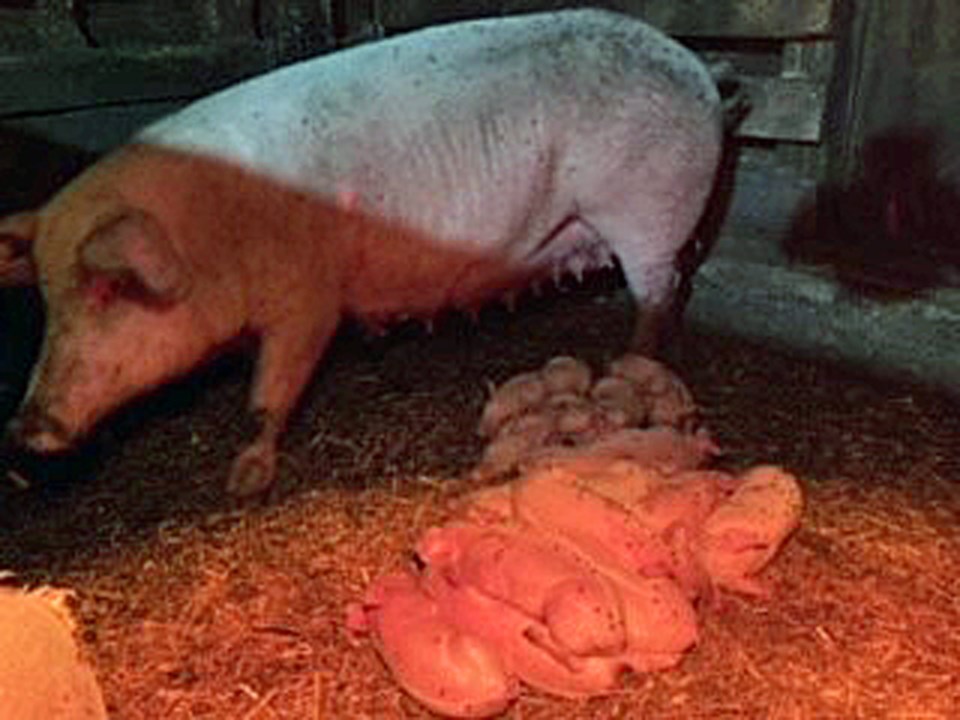YORKTON - Recently, as I perused www.producer.com I came upon an article on rare breeds of livestock.
Rare breeds have long been an interest of mine – perhaps because when I was a youth my dad raised registered swine and when I was finally allowed my own I purchased a Lacombe gilt.
Lacombes are a breed that was developed in Canada, and when I was just a young lad there were quite a few breeders across the Prairies.
But, the breed fell out of favour and is now almost extinct in Canada with just a few animals left.
From a purely Canadian agriculture history that is unfortunate.
Somewhat surprisingly given Canada’s significant farm heritage, relatively few purebred livestock were developed here; Canadienne cattle, the Canadian horse, Chantecler chickens being other examples – none of which have huge numbers today.
Of course a breed of livestock need not be developed here to have significance to this country’s past.
A breed of cattle such as the milking shorthorn was once popular because it was a dual-purpose animal, capable of supplying a reasonable quantity of milk and still be a descent beef type too, a combo coveted on the smaller mixed farms of the past.
Today dairy is highly specialized with breeds relied on carefully bred to produce milk in large quantities.
Beef animals are largely reared under standardized feedlot conditions.
The milking shorthorn couldn’t compete on either side of the cattle industry, and today, according to the producer.com article only 10 purebred Milking Dairy Shorthorns are left in Canada.
Now, it easy to question whether the breed’s survival matters. The milking shorthorn is, at least at this point in time, as obsolete as the threshing machine is to harvesting wheat.
But, what of tomorrow?
We increasingly see governments seeking to impose new regulations on farmers regarding how they farm.
For example another producer.com article discussed “Proposition 12, the California initiative that could see the state ban pork from barns and places that don’t have open housing for gestating sows, as well as requiring open housing that goes beyond the sorts of open housing that many new barns have built.”
If allowed to pass it will impact how swine are raised to access the huge California market.
Change a finely tuned production system and the existing genetics may not thrive as well. If the system is change enough will old breeds such as Tamworth and Large English Black swine be useful as they are breeds better suited to range production for example.
And, do we see a day where huge acre farms give way to smaller holdings again? It might seem far-fetched to think that today, but climate change and other factors will be altering the script of many things moving forward.
However, if a breed goes extinct, the genetics are lost, and there are reasonable scenarios where that would be unfortunate for the livestock sector.

